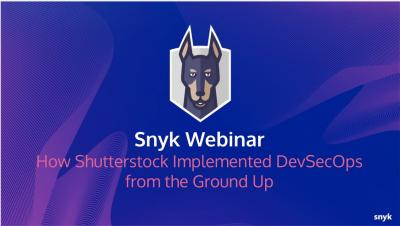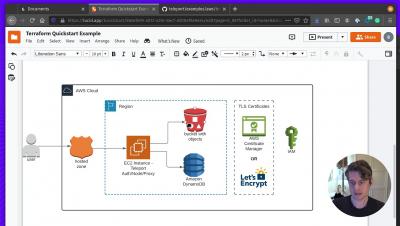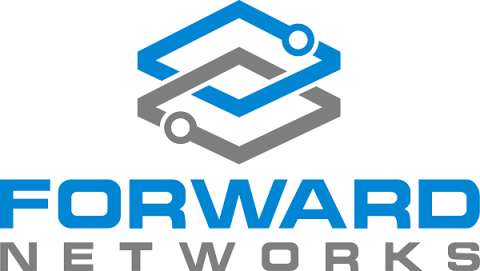DevSecOps vs DevOps: What are the Differences?
The modern technology landscape is ever-changing, with an increasing focus on methodologies and practices. Recently we’re seeing a clash between two of the newer and most popular players: DevOps vs DevSecOps. With new methodologies come new mindsets, approaches, and a change in how organizations run. What’s key for you to know, however, is, are they different? If so, how are they different? And, perhaps most importantly, what does this mean for you and your development team?











